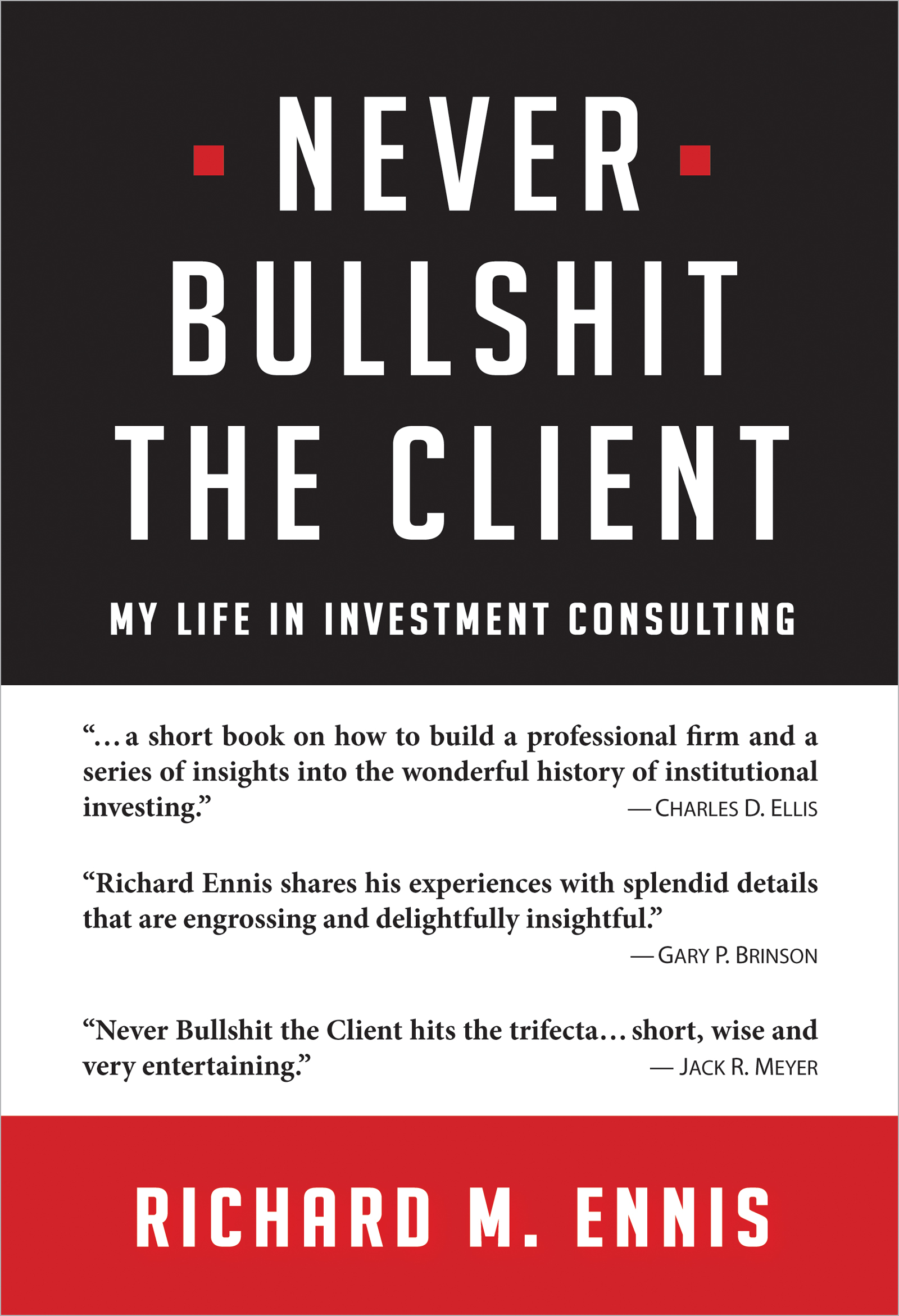The Uncorrelated Return Myth
The following article was originally published in Financial Analysts Journal, May/June 2009, Vol. 65, No. 3:6-10a.
For the last several years, the Holy Grail of asset allocation has been assets that offer “uncorrelated return.” The premise is that assets with equity-like risk premiums are, for all intents and purposes, uncorrelated with the broad market. Availing themselves amply of such assets, investors can create high-returning, comparatively low-risk portfolios because they get the average of the risk premiums but the risk itself largely cancels out. Or so the story goes.
We should test propositions like “uncorrelated return” in two ways. First, we should evaluate them critically in light of accepted theory. Second, we should test them empirically. As a result of this two-pronged approach, we may revise theory. But if a proposition contradicts established theory and is disputed by the evidence, it should be discarded.
Theory
A cornerstone of asset-pricing theory is that investors may expect to be compensated for risk they cannot diversify away. Diversification is essentially a costless activity, so one has no reason to expect to be paid for a risk one can dissipate for naught.
For example, take the capital asset pricing model (CAPM). It posits that an asset’s expected risk premium is proportional to its market sensitivity, or beta coefficient. What is a beta coefficient? It breaks down to the ratio of the standard deviation of the asset’s risk premium to that of the market, multiplied by the correlation coefficient between the asset and the market. Thus, beta (and expected risk premium) is directly related to the relative riskiness of the asset and the correlation of the asset’s return with that of the market. Therefore, no “uncorrelated assets” with positive risk premiums can exist because the market accords a risk premium only to market-correlated assets.
Although CAPM has been a source of controversy for nearly a half century, it remains the leading theory of asset pricing. More important, however, even though scholars challenge CAPM, rarely do they attack a critical proposition that underlies it: namely, that one cannot expect to get paid for a risk that can be eliminated without cost. This principle is a bedrock of asset-pricing theory.
Evidence
Popular assets for inclusion under the heading “uncorrelated return” are real estate, hedge funds, and private equity. Table 1 reports the correlation of return of these assets with the S&P 500 Index over the 36 months ended 30 September 2009. In all cases, the proxy for the asset class is based on returns generated daily in an auction market.1 Table 1 reveals a high degree of correlation between these assets and the stock market.
Table 1
Correlation of Return of Assets with the S&P 500
1 October 2006– 30 September 2009
| Asset |
Correlation with S&P 50 |
| Real Estate | 0.81 |
| Hedge Funds | 0.66 |
| Private Equity | 0.84 |
The correlation of hedge funds with stocks is undoubtedly understated by virtue of the stale pricing that characterizes that asset class.2 Some of the other asset classes, such as real estate and private equity, give the illusion that they are largely uncorrelated with the stock market because they use appraisals or accounting definitions of value (e.g., net asset value) in establishing the infrequent valuations that go into the calculation of returns. But sticky valuations should not be mistaken for the absence of common economic dependence on forces that move market prices. Many learned this lesson painfully in 2008.
None of the foregoing is meant to imply that these assets do not belong in diversified portfolios. To be sure, they can improve portfolio efficiency. But there is no free lunch in asset allocation: If you hope to collect the risk premium, you must bear the risk.
The notion of the existence of “uncorrelated return” assets with handsome risk premiums flies in the face of financial theory and conflicts with empirical evidence. So, reject it we must. Accordingly, on behalf of self-respecting investment professionals everywhere, I hereby consign the myth of “uncorrelated return” to the scrap heap of asset allocation lingo, where it shall be available only to unscrupulous sellers, credulous buyers, and unschooled investment analysts.
_______________
1. Real estate is represented by the Dow Jones U.S. Select REIT Index, hedge funds by the HFRI Fund of Funds Composite Index, and private equity by an equal-weighted average of the returns of six private equity funds with listed shares.
2. See, for example, Clifford S. Asness, Robert J. Krail, and John M. Liew, “Do Hedge Funds Hedge?” Journal of Portfolio Management, vol. 28, no. 1 (Fall 2001):6–19.

